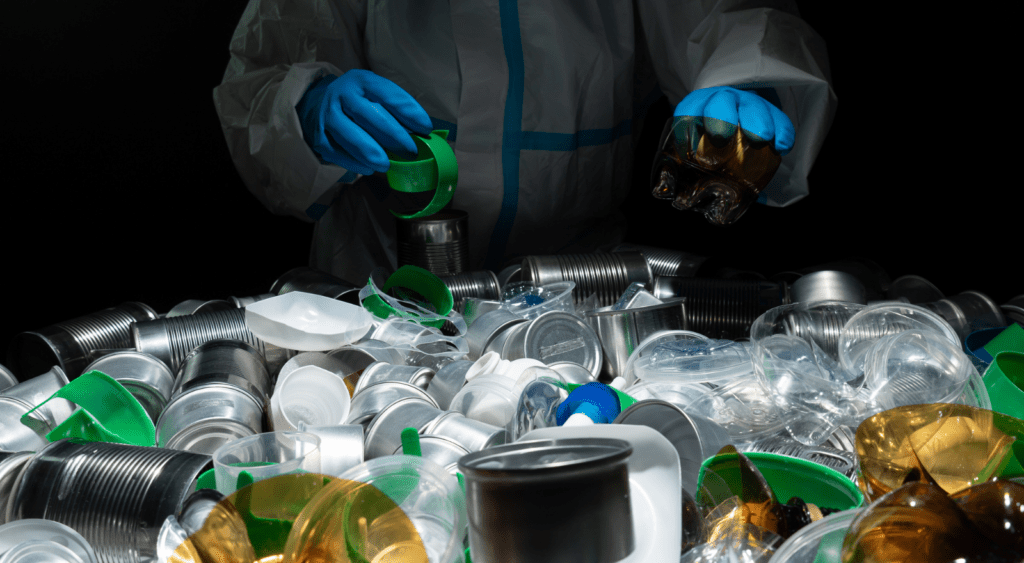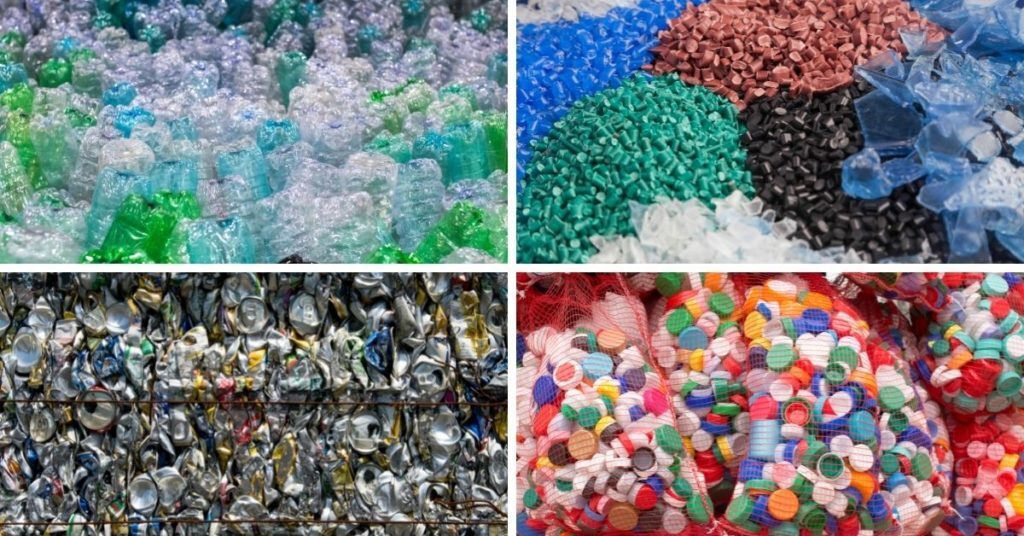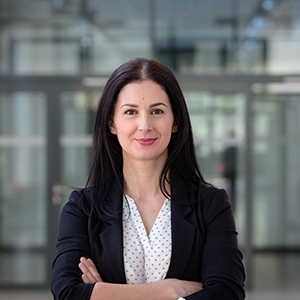Most people generally understand recycling as a process where waste is processed through material recovery after which material goes back to the market. Unfortunately, this is not always the case. More precisely – this is true only sometimes, especially when it comes to plastics.
Even the leading recycling pioneers, such as Germany, can’t achieve more than 47 percent of plastic waste to be recycled by material recovery. The rest is recycled by energy recovery. Disappointing? Might be. Let’s investigate the reasons behind that.

First of all – It is not a crime
Recycling via “energy recovery” is currently a legitimate method of recycling, which is mainly used for unusable plastics. However, the law does not specify which type of plastic is considered “unusable” or more difficult to recycle. Reality is therefore regulated by the market.
Great Sorting is not equal to Great Recycling (Though it is a great start)
In most developed countries, waste separation is now a standard. Whether the countries use deposit return schemes or provide infrastructure for citizens to conveniently sort their waste using public “color bins”, most European countries achieve good to very good results. The overall recycling rate in Europe is 48% while the packaging waste recycling rate reaches 66%.

Too many Recyclables to sort
The ultimate goal of recycling is to return the material back to the market – in a competitive quality comparable to the primary materials. At the same time, many waste types are struggling with the process of mechanical recycling (some of them are technologically non-recyclable). In most cases, the recycling process negatively affects the quality of the material – and more importantly its price. These two reasons make these secondary materials rather unattractive on the market.

High-Quality Plastics vs Low-Quality Plastics
Recyclers love PET (polyethylene terephthalate). It is high quality, truly reusable, and worth it. Despite the bad image of plastics, the transparent PET bottle is still a treasure. This also applies to other PET colors, though the demand is lower. Cans, hard drugstore packaging (HDPE), and PP (hard polypropylene) are also valued. On the other hand, the least popular plastics for recycling are small or thin food packaging and packaging made up of several types of plastics. Currently, it is very hard to find technologies on the market that would be able to recycle them.
Why sorting then…?
Energy recovery is still a better alternative than landfilling. Proper sorting will ensure that the plastic is used either for material or energy recovery. In addition, innovative technologies constantly keep popping up. It is highly likely that in a few years it will be possible to recycle waste that is now non-recyclable. Let’s not, therefore, ruin our hard-built responsible sorting habits.

Would you like to know what is the recycling rate in your country? Take a look at our comparative analysis of waste management across 38 OECD member states.
In this article, we have clarified the process of recycling, explained the difference between sorting and recycling, and highlighted its current challenges. In the next article within this series, we will suggest actions and steps that might be taken to improve the situation from both the governmental and also individual points of view.



